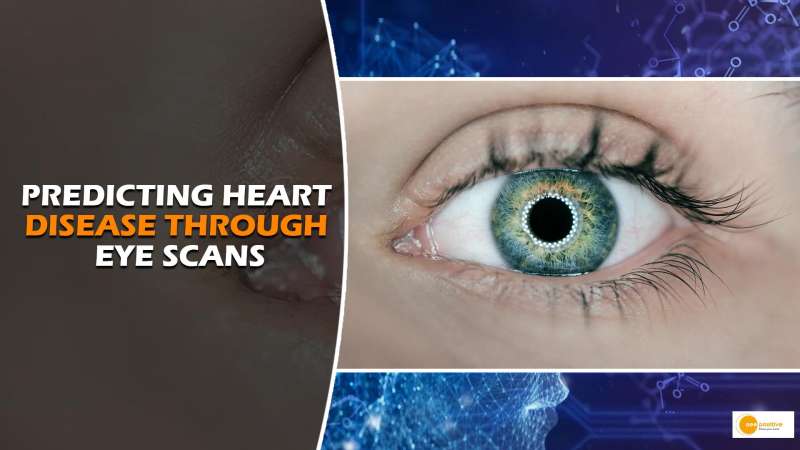

Unveiling an era-defining breakthrough in health tech, Google’s CEO Sundar Pichai is spearheading a paradigm shift with the tech giant’s groundbreaking artificial intelligence (AI) technologies. Recent revelations showcase Google’s AI prowess, as cardiovascular events can now be predicted through eye scans, potentially replacing conventional diagnostic methods like CT scans, MRIs, and X-rays.
Power of Google’s AI in Health Tech
From diabetic retinopathy detection to comprehensive disease prediction, Google’s AI has made remarkable strides in healthcare. Four years ago, a collaborative effort between Google and Aravind Eye Hospital led to the development of an automated tool capable of swiftly diagnosing diabetic retinopathy through retinal photos. The algorithm is poised to operate independently, revolutionizing eye disease detection. Further advancements emerged when Google introduced an algorithm that, based on retinal imagery, could identify an individual’s sex, smoking status, and predict their five-year risk of a heart attack. This breakthrough offers potential early detection opportunities for various diseases, including dementia, multiple sclerosis, Parkinson’s, Alzheimer’s, and even schizophrenia.
AI and the Eye: A Window to Cardiovascular Health
The retina serves as a window into overall health, with blood vessels reflecting critical indicators of cardiovascular well-being. By analyzing retinal appearances, medical professionals can infer vital information such as blood pressure, age, and smoking habits, enabling prediction of cardiovascular risk. Google and Verily’s scientists leveraged machine learning and neural networks to analyze a vast medical dataset, including eye scans and general medical data, training an algorithm to detect patterns that correlate with cardiovascular risk factors. When tested, Google’s AI demonstrated a 70% accuracy in distinguishing retinal images of patients who experienced a cardiovascular event within five years, comparable to the established SCORE method’s 72% accuracy.
Future of Health Diagnostics
The revolutionary approach to cardiovascular risk assessment not only streamlines the diagnostic process but also ushers in an AI-powered paradigm for scientific discovery. As AI algorithms delve into existing medical data, they uncover new insights and raise the possibility that artificial intelligence could generate novel medical discoveries autonomously. Additionally, this technology has the potential to transcend high-tech medical facilities, enabling affordable, portable solutions for vision centers. By utilizing smartphones, inexpensive condensing lenses, and DIY retinal cameras, remote areas can access vision screenings promptly. Patients can capture retinal images, upload them to the cloud, and receive swift diagnoses, illustrating the vast potential of this transformative technology.
Conclusion
Google’s AI is propelling us toward a future where eye scans unveil hidden health issues and predict cardiovascular events, transforming healthcare and diagnostics. This paradigm shift challenges traditional diagnostic methods, highlighting the potential of the human eye as a rich source of invaluable medical insights. As we navigate this remarkable era of health tech, the adage “To understand the body, look to the eye” resonates more profoundly than ever. With Google’s AI at the helm, every eye tells a story, propelling us closer to a healthier future.


